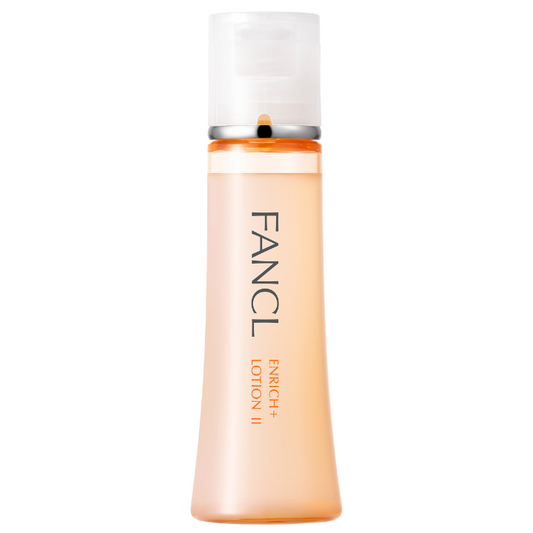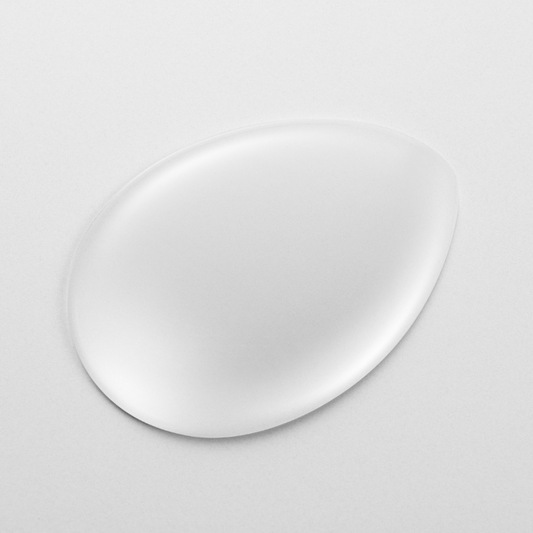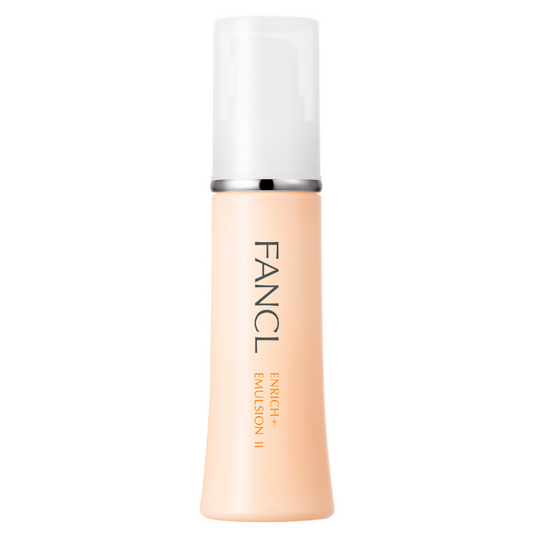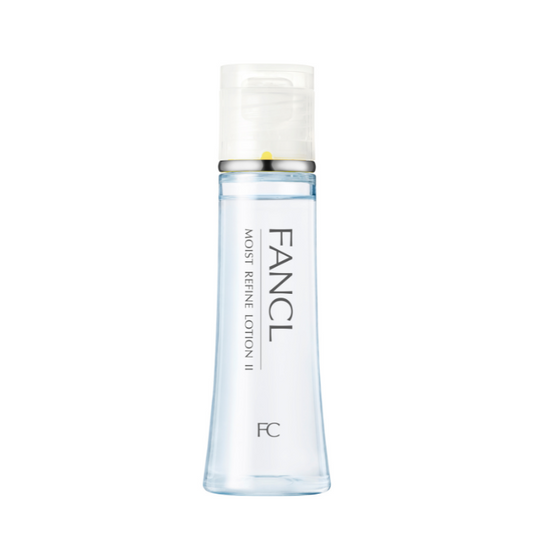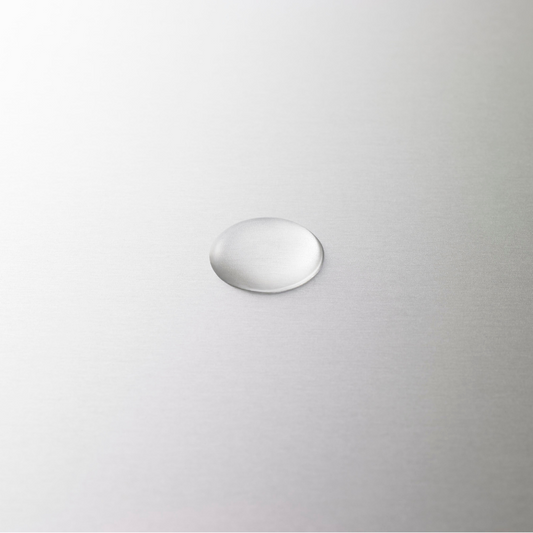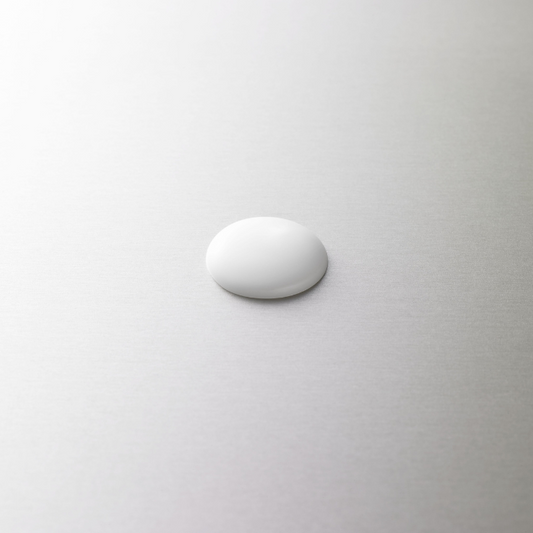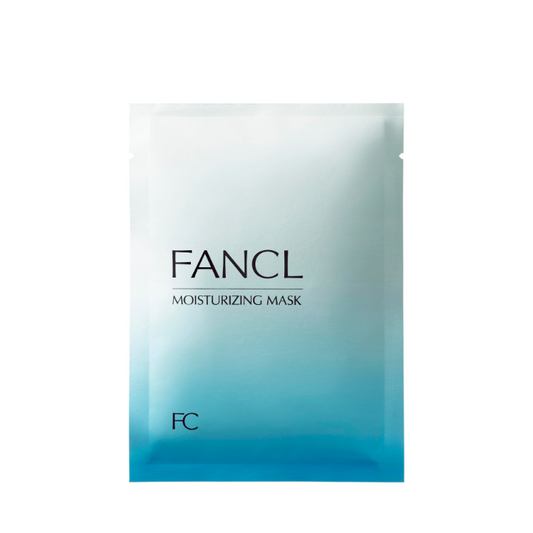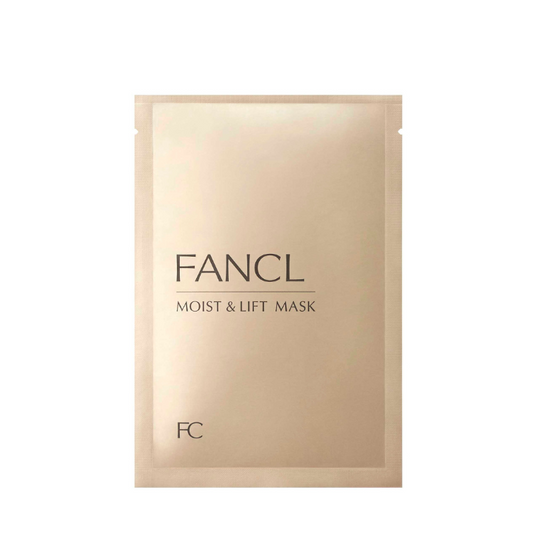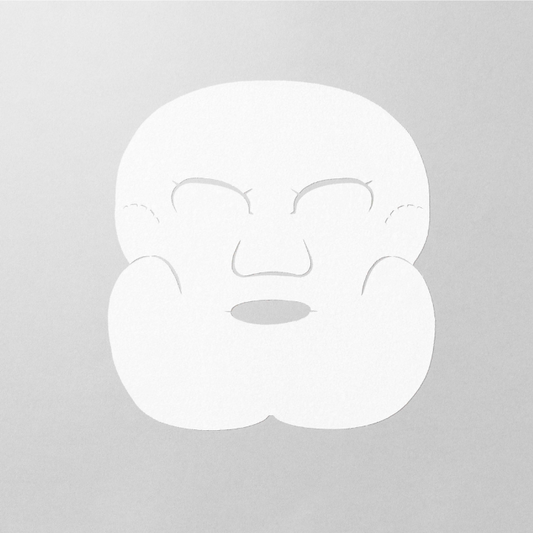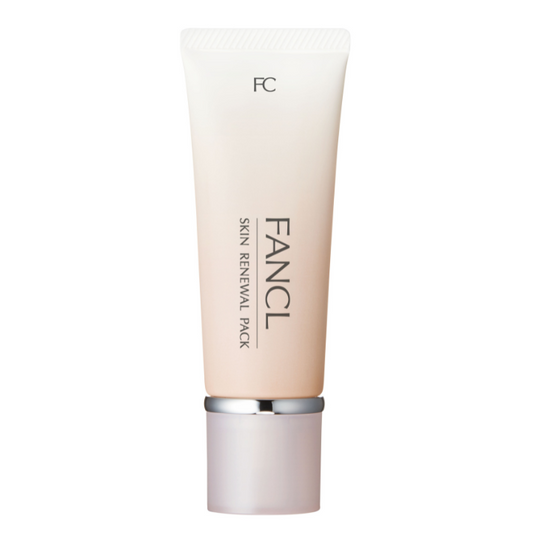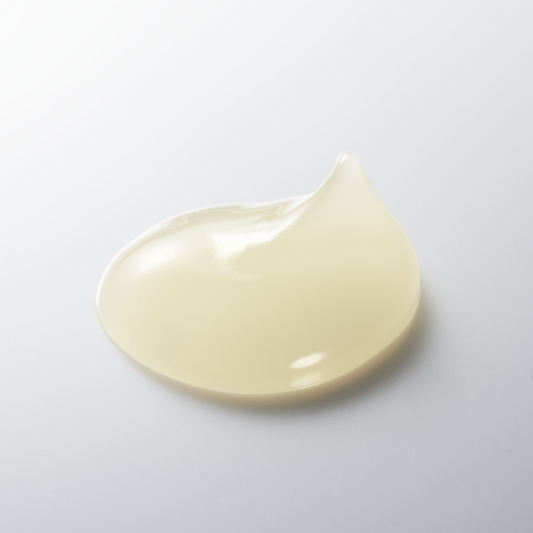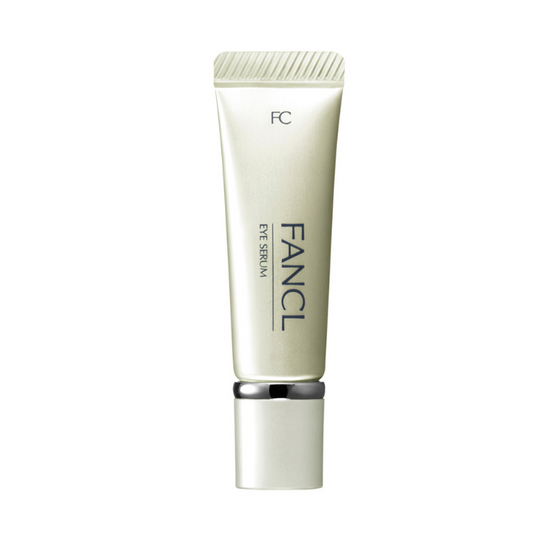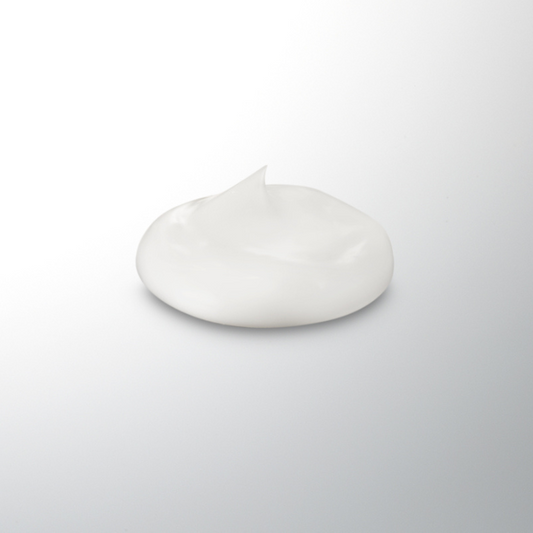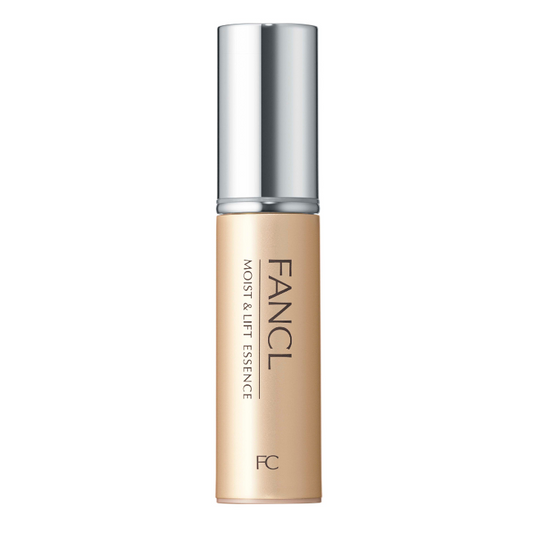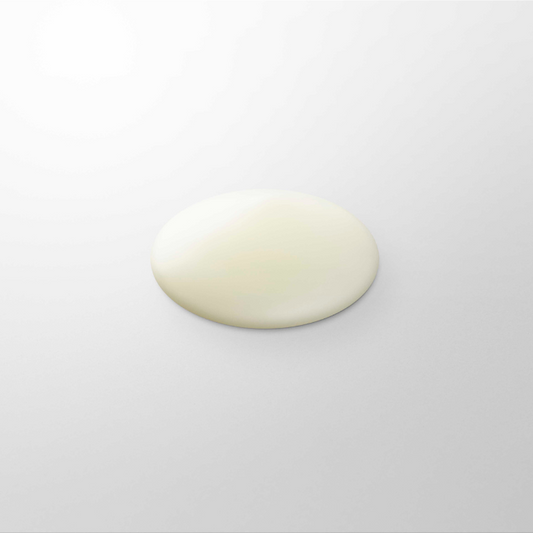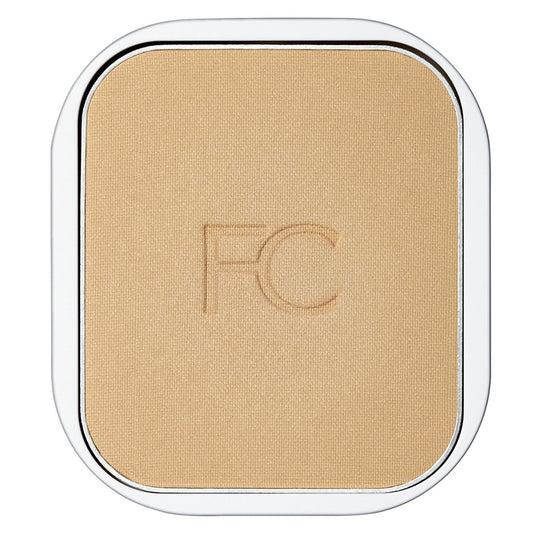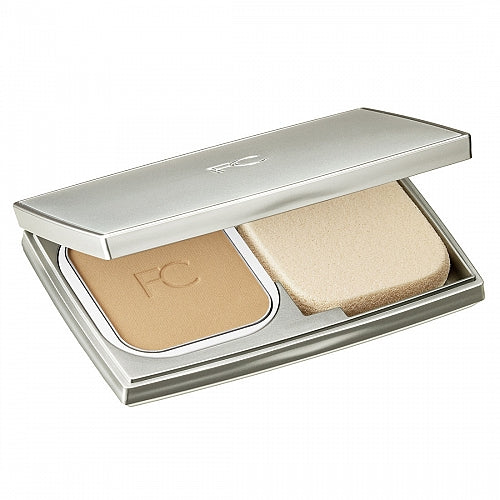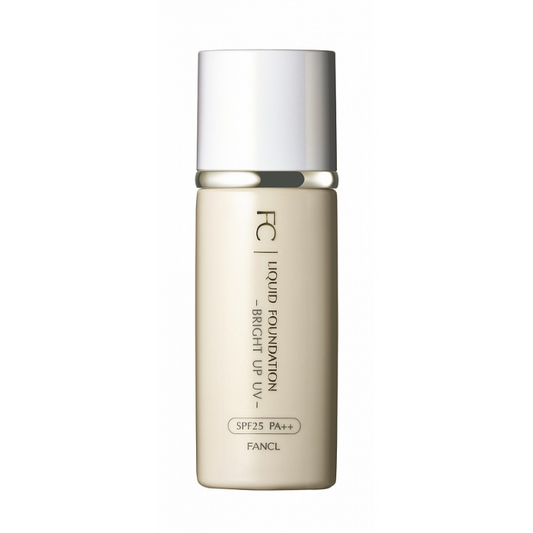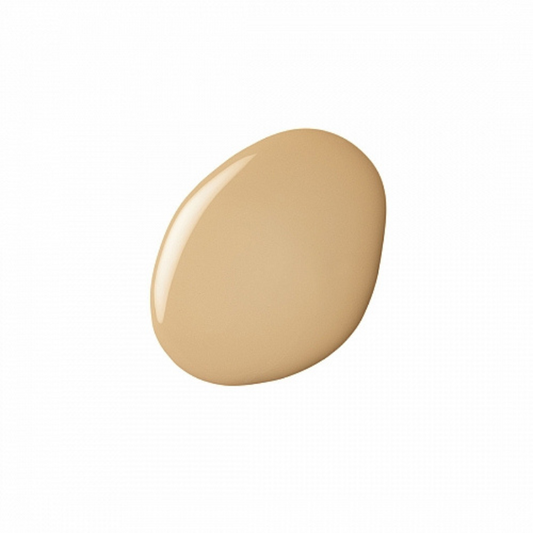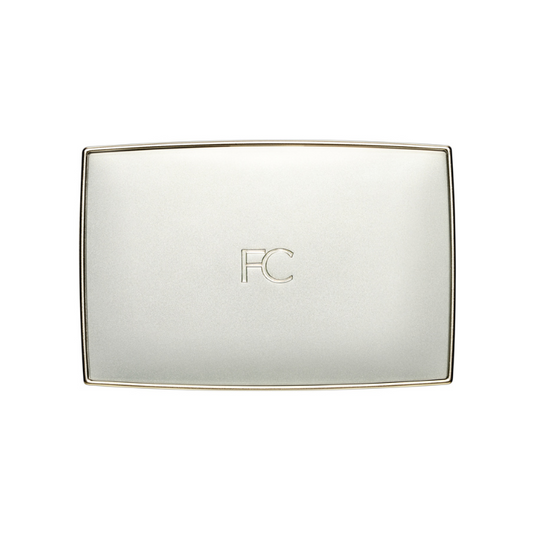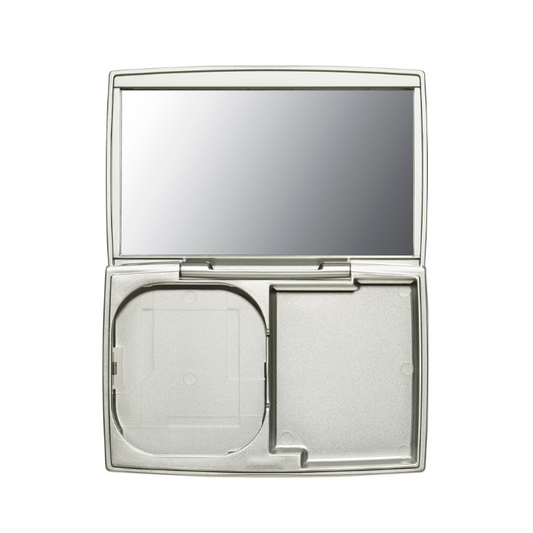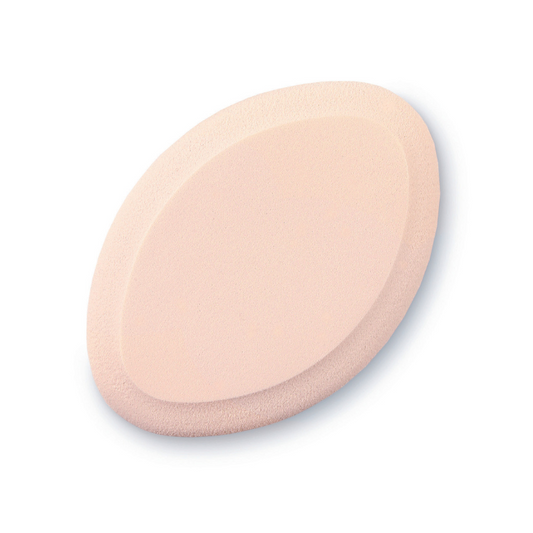Exploring Best Japanese skincare tips: Tailored Solutions by age, skin type and concerns

Japanese skin care is revered globally for its meticulous approach and premium products, renowned for enhancing the skin’s natural radiance. With over four decades of expertise, one of the most popular Japanese skincare brands FANCL stands at the forefront of Japan’s skincare industry, dedicated to pioneering preservative-free cosmetics.
In this article, we explore our insights as we unveil skincare methodologies customized to age, skin type, and specific concerns, paving the way to exquisite skin.
Defining beautiful skin
When considering “beautiful skin,” the image often evokes a complexion that exudes smoothness, suppleness, and radiance. The desire for skin characterized by smoothness, softness, and proper hydration, free from blemishes or wrinkles, resonates across all age groups.
During younger years, particularly in the teenage and early twenties, skin experiences heightened activity, producing vital substances like collagen and elastin, which contribute to maintaining its firmness and elasticity. However, with aging, this production gradually diminishes.
As the skin cell turnover cycle decelerates, issues such as blemishes, fine lines, sagging, and dryness tend to become more apparent.
To ensure enduringly healthy and radiant skin, it’s essential to prioritize proper skincare routines and lifestyle choices that nurture the production of vital skin components and maintain optimal moisture levels.
Essential skincare steps for beautiful skin
Follow these essential steps for maintaining beautiful skin:
1. Preparation
2. Cleansing
3. Face washing
4. Booster
5. Toner
6. Lotion / Keshousui
7. Mask
9. Serum
10. Eye Care product
11. Moisturizer
12. Sunscreen
13. Adjusting lifestyle habits
1. Preparation:Warm your face in preparation for skin care
Using a hot towel to open pores before cleansing helps lift dirt from pores. Leave the hot towel on the skin for about three minutes. Avoid using overly warm towels to prevent skin irritation.
2. Cleansing
Cleansing effectively removes makeup, keratin plugs in pores, blackheads, and other oily impurities, leaving the skin thoroughly clean and refreshed.
Selecting the appropriate cleansing agent is crucial. Some cleansers, if too strong, can strip away essential sebum, promoting the skin to overproduce oil. Conversely, low-cleansing power options may necessitate excessive rubbing, potentially causing stress to the skin.
Hence, it is vital to assess cleansers based on your skin condition and makeup intensity. For pores clogged due to excess sebum from dryness, it is recommended to use gel or oil-based cleansers are recommended. They effectively clean dirt from pores while preserving the skin’s moisture barrier.

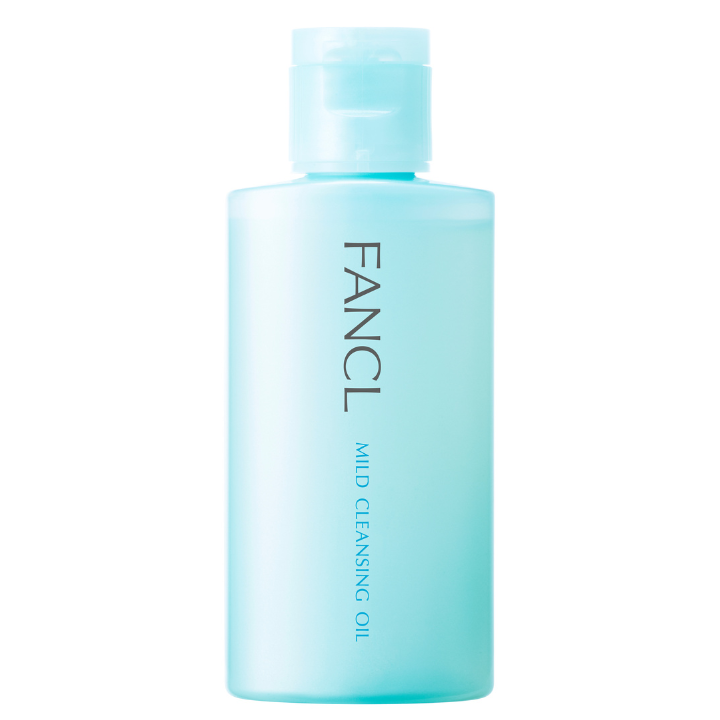
FANCL
Mild Cleansing Oil
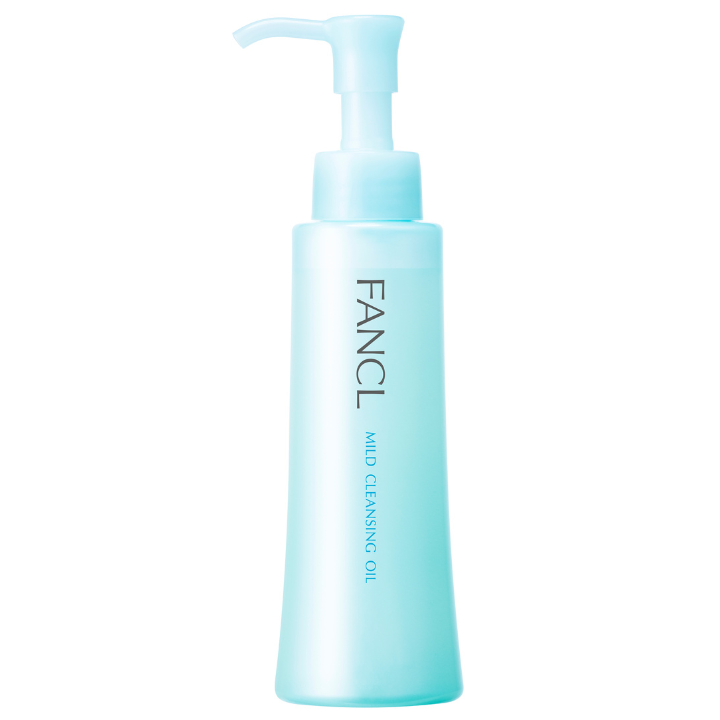

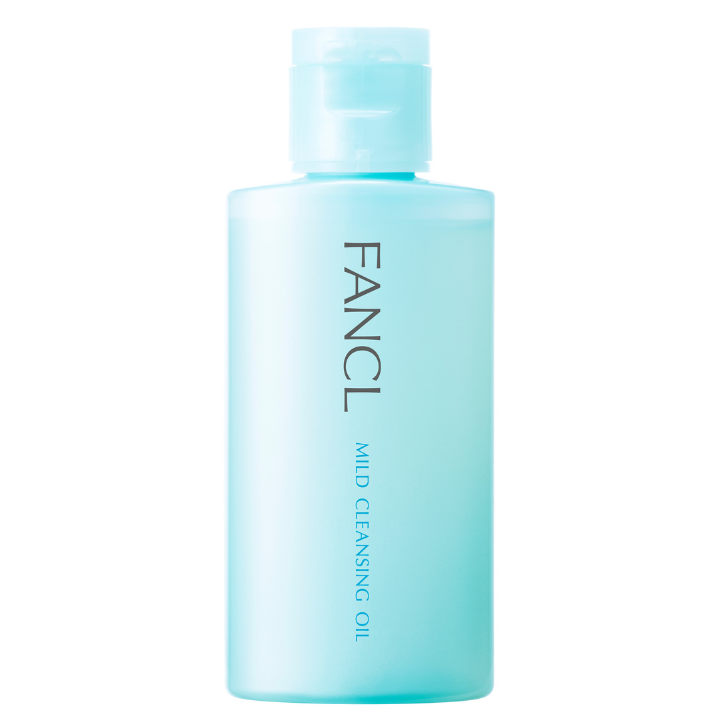

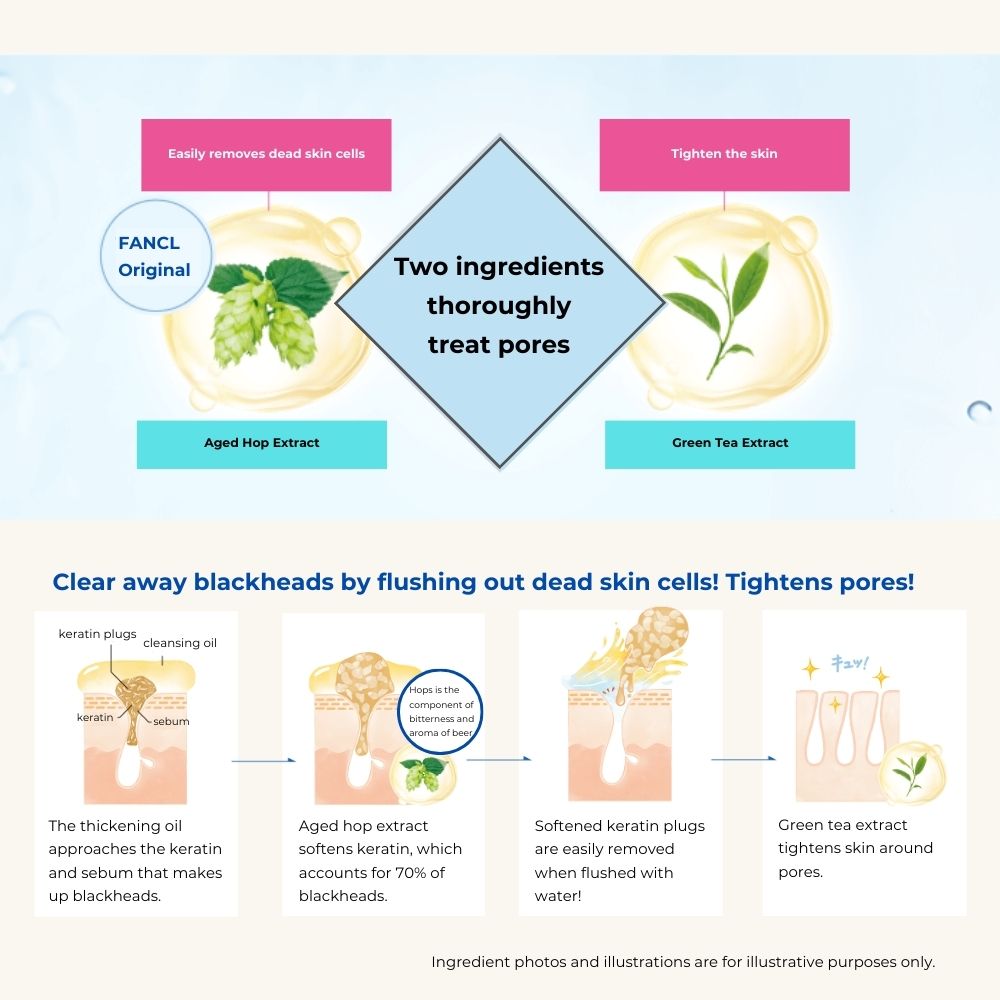
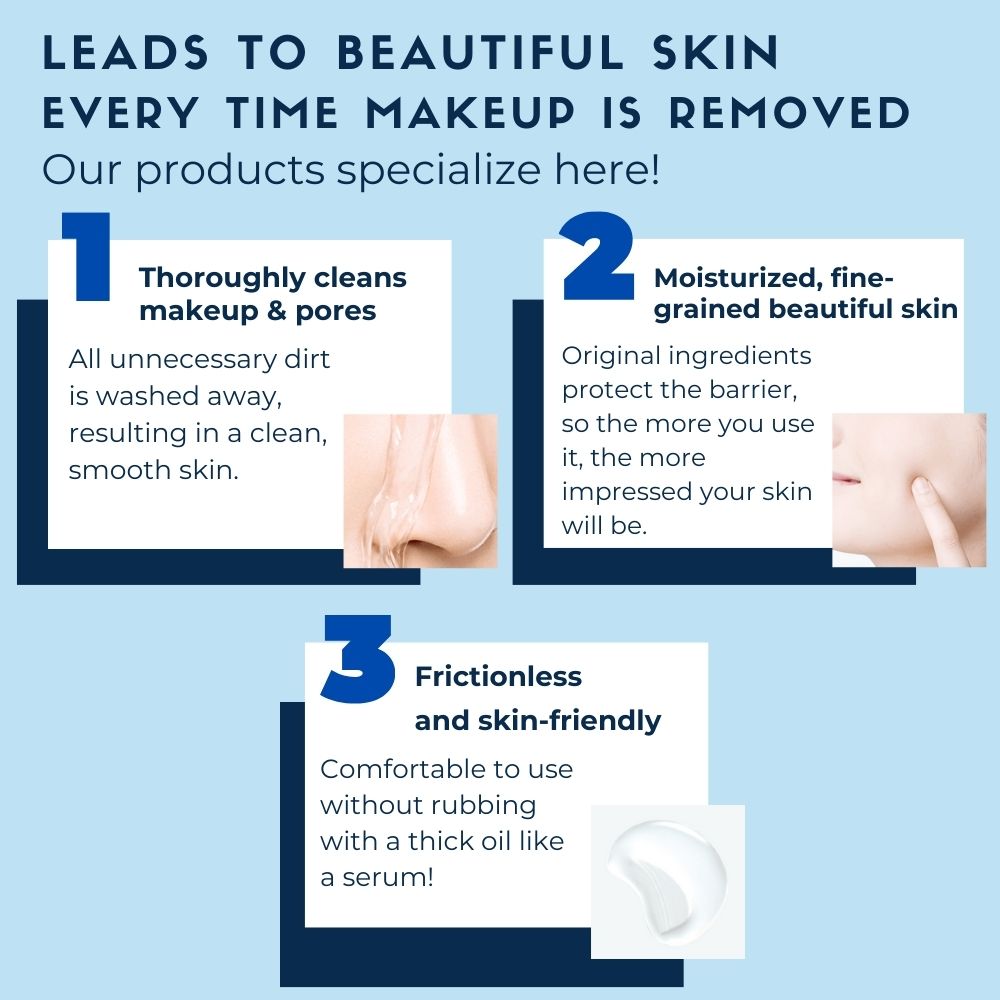
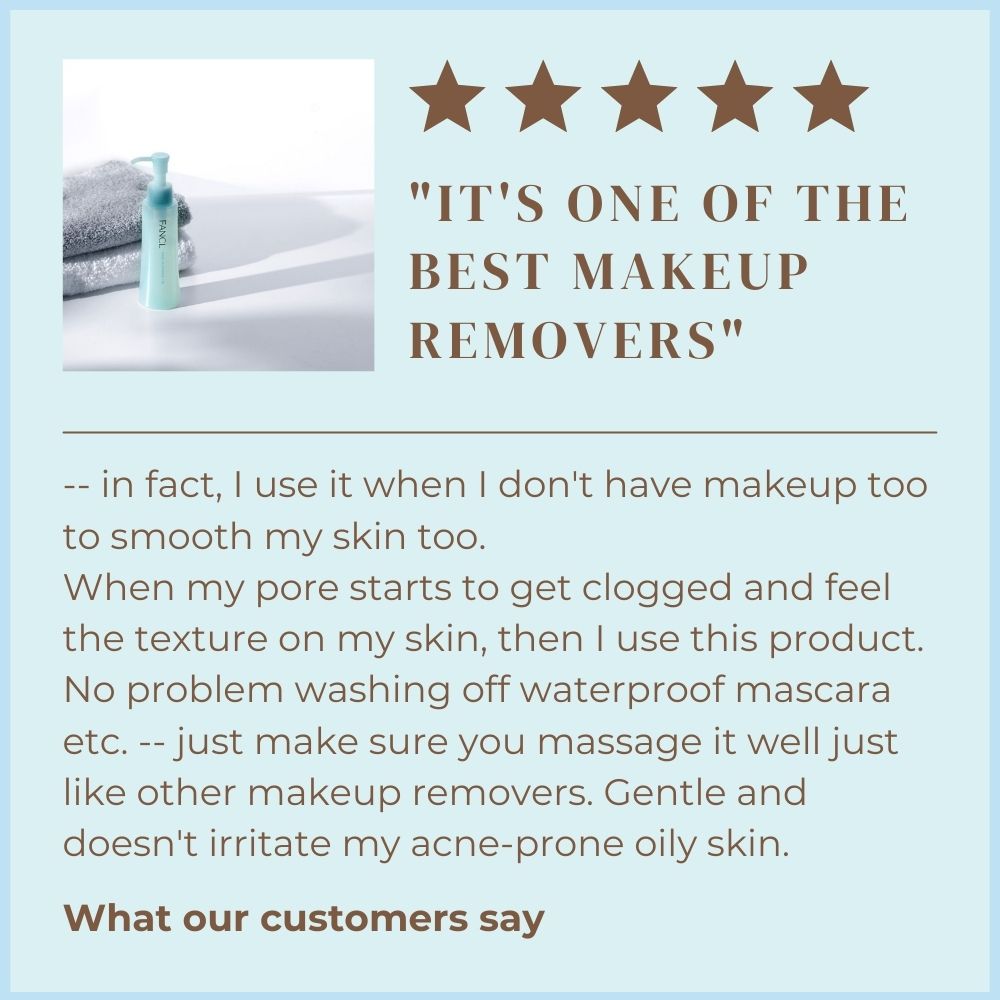
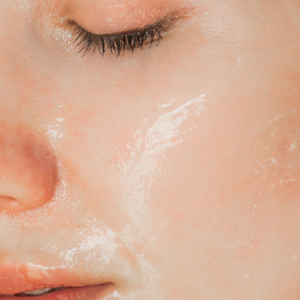
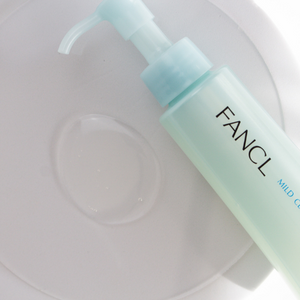
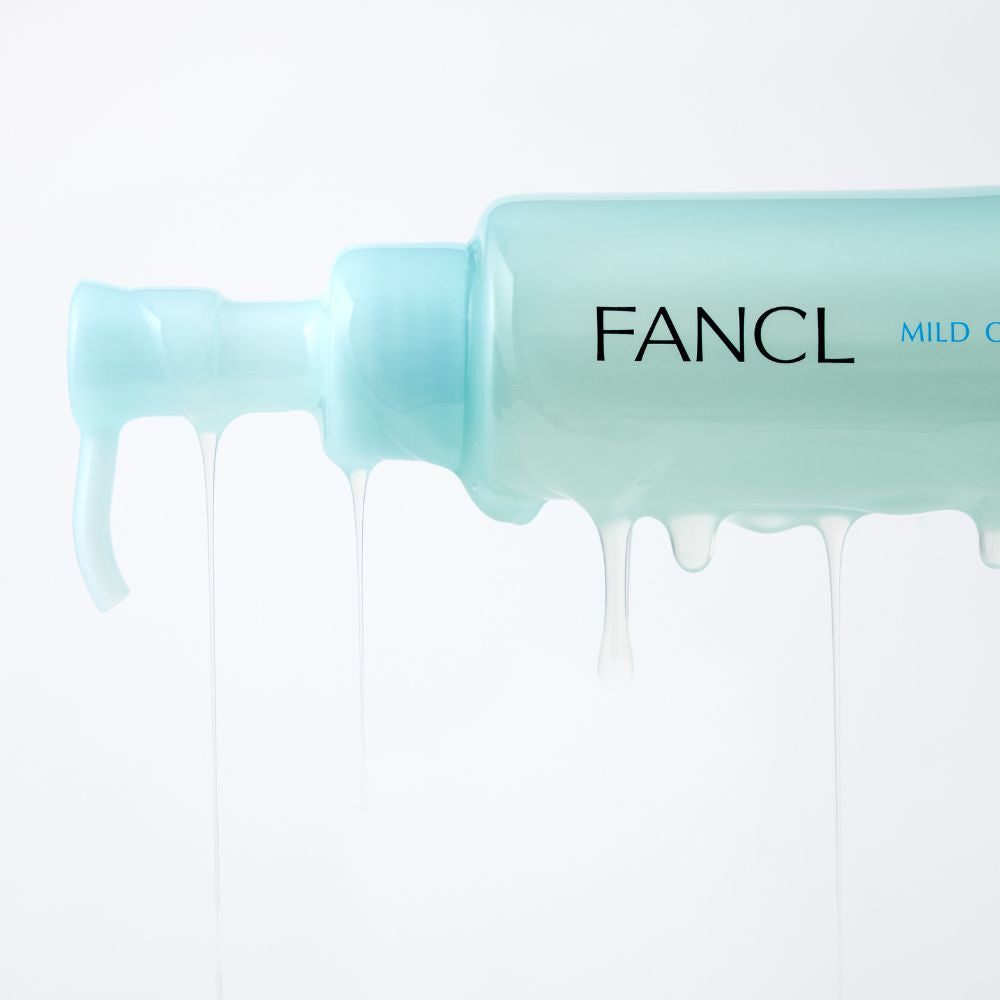
3. Face washing
Facial cleansing eliminates water-soluble impurities like dust and sebum, which regular cleansers struggle to remove. It also tackles cleansing agents and oil-based debris, leaving the skin refreshed and visibly radiant.
Even if clogged pores are a concern, refrain from scrubbing. Scrubbing can lead to skin dryness and exacerbate aging issues such as fine lines, wrinkles, and increased pore congestion. Instead, opt for a face wash that creates a rich lather when gently massaged onto your face. Start by cleansing the T-zone, where sebum tends to accumulate, and then work your way outwards for a thorough yet gentle cleanse.
Don't spend a long time washing your face
While washing your face is crucial for keeping your skin clean, prolonged washing is not recommended. Excessive washing can strip away moisture from the skin. Aim to wash your face quickly and efficiently to maintain its natural moisture balance.
Rinse thoroughly with lukewarm water until no residue remains
Rinse with lukewarm water of approximately 91-97°F to avoid over-rinsing. When rinsing, avoid direct contact with the shower stream, as the water pressure can irritate the skin. Instead, gently scoop lukewarm water with your hands and rinse your face.
Let’s keep your skin clean with double cleansing using makeup remover and facial cleanser.
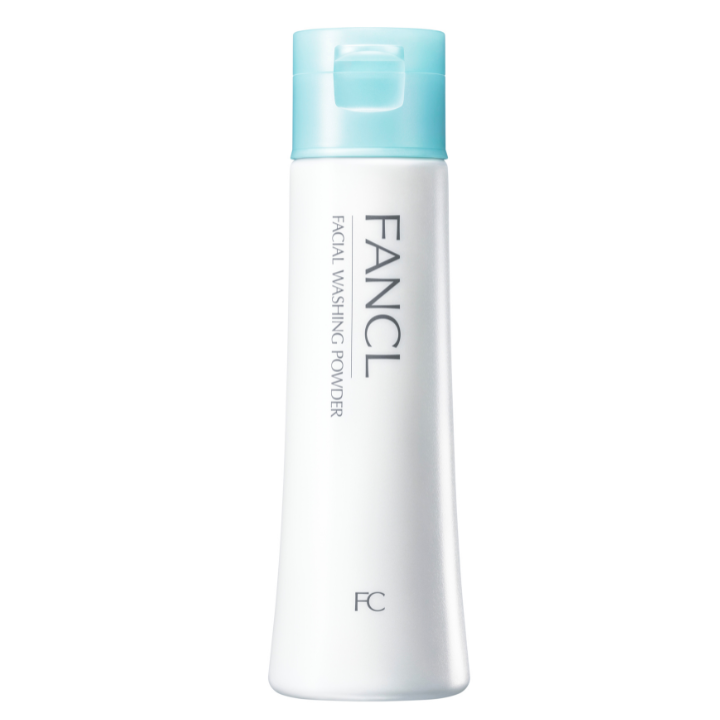
FANCL
Facial Cleansing Powder

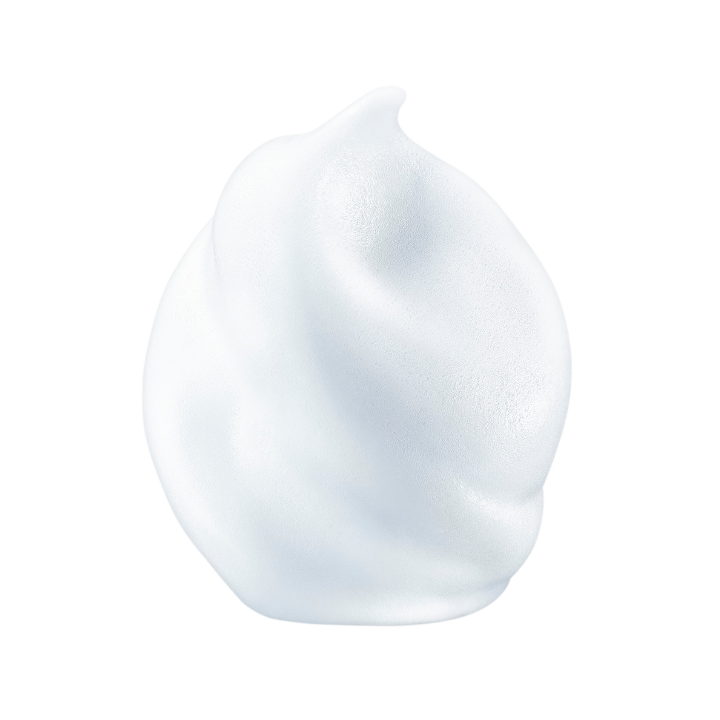
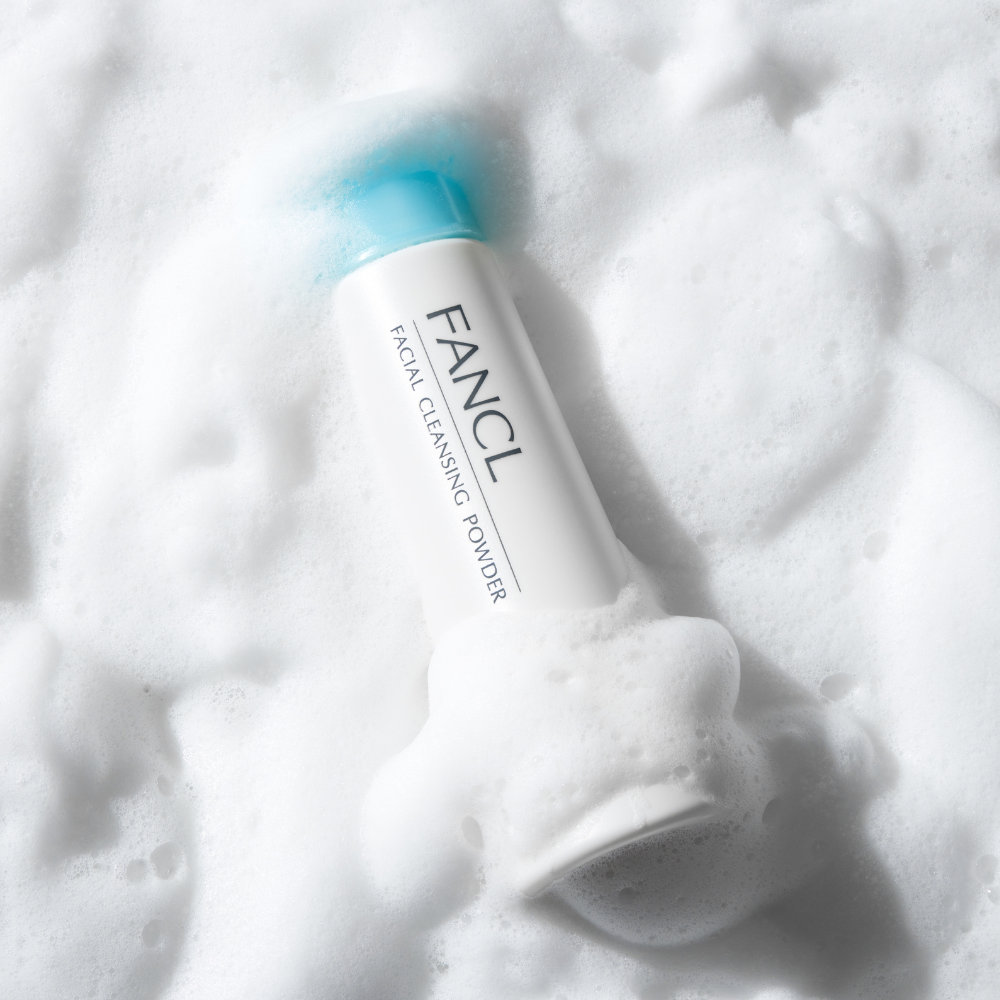




4. Booster
Applied before lotion, an introductory solution effectively removes excess keratin, softens the skin, and primes it for better absorption of cosmetic ingredients such as lotion, serum, and milky lotion.
The next toner serves a similar purpose, but the introductory solution boasts higher moisturizing properties compared to the toner. It is particularly recommended for individuals with dry skin.
5. Toner
Similar to a booster, toner is applied before lotion to remove dead skill cells and amplify the benefits of beauty ingredients like lotion, essence, and milky lotion. Typically, toners are wiped off with a cotton ball, making them suitable for oily or combination skin types, as they provide less moisture compared to boostes.
6. Lotion / Keshousui
Lotion plays a vital role in moisturizing and hydrating the skin. It should be applied immediately after cleansing. The key is to dispense an appropriate amount of lotion onto the palm of your hand and gently pat it onto the skin using your middle and ring fingers, which exert less pressure. It's advisable to layer the lotion for extra hydration on areas prone to dryness and ensure even application.
-
Enrich+ Lotion II
Regular price $27.00 USDRegular priceUnit price per -
Enrich+ Emulsion II
Regular price $27.00 USDRegular priceUnit price per -
Moist Refine Lotion II
Regular price $25.00 USDRegular priceUnit price per -
Moist Refine Emulsion II
Regular price $25.00 USDRegular priceUnit price per
7. Mask
To achieve beautiful skin, it is essential to incorporate special care once or twice a week. Consider using sheet masks infused with moisturizing ingredients to deeply nourish the skin. Alternatively, opt for packs designed to exfoliate and remove the accumulated dead skin cells, revealing a smoother complexion underneath.
-
Moisturizing Mask
Regular price $43.00 USDRegular priceUnit price per -
Moist & Lift Mask
Regular price $62.00 USDRegular priceUnit price per -
Skin Renewal Pack
Regular price $36.00 USDRegular priceUnit price per -
Brightening Mask
Regular price $62.00 USDRegular priceUnit price per
8. Massage
As we age, essential proteins like collagen and elastin, crucial for maintaining skin elasticity, naturally decline which contributes to facial sagging. Facial massage emerges as a potent remedy for addressing sagging skin. However, it is vital to exercise caution during massage, ensuring gentle pressure to avoid excessive strain on the skin.
Prioritizing lymphatic stimulation and circulation enhancement before a facial massage enhances its effectiveness. The lymphatic system aids in waste removal, and improved circulation ensures optimal nutrient delivery to the skin. Addressing blockages in lymphatic flow reduces swelling and combats sagging, resulting in a more rejuvenated complexion.
To stimulate the lymphatic system, try the following techniques:
・Stroke downward with both hands with the back of the neck (nape) to the shoulders.
・Stroke downward from below the ears to the collarbone on both sides.
・Stroke from the center of the collarbone outwards towards the shoulders.
・Lift your arms and massage the armpits. And so on.
Elevate your skincare routine with an effective massage method designed specifically for sagging eyes. Begin by gently massaging the front of the ear with your fingertips in a light circular motion. Next, stroke downward from under the ear to the collarbone using four fingers (excluding the thumb) to promote lymphatic drainage. Finally, delicately press and massage the pressure points around the eyeballs to stimulate circulation and rejuvenate tired eyes.
9. Serum
Serums, a common term in skincare, are potent products formulated with a rich blend of beauty-enhancing ingredients. They are specifically crafted to enhance your daily skincare regimen, providing targeted treatment for various skin issues including dryness, fine lines, dullness, and loss of firmness.
-
Moist & Lift Essence
Regular price $62.00 USDRegular priceUnit price per$0.00 USDSale price $62.00 USD -
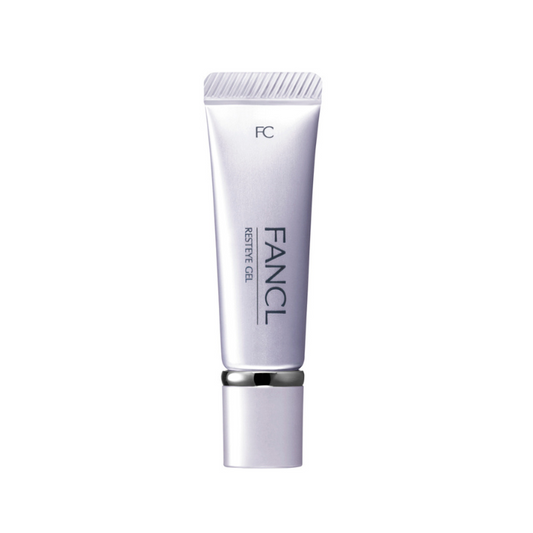
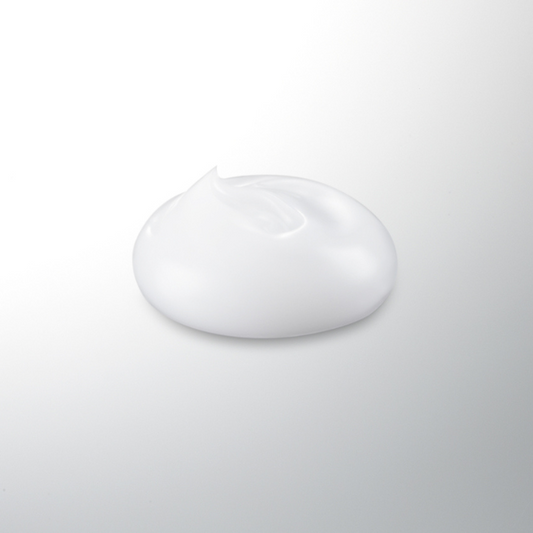 Sold out
Sold outRest Eye Gel
Regular price $27.00 USDRegular priceUnit price per$0.00 USDSale price $27.00 USDSold out -
Brightening Essence
Regular price $62.00 USDRegular priceUnit price per
10. Eye Care
The delicate skin surrounding the eye is exceptionally thin and susceptible to wrinkling as it matures.
1. The skin around the eyes is notably thin, about 1/3 the thickness of the cheeks.
2. With minimal sebaceous glands, this area is prone to dryness.
3. It responds dynamically to facial expressions and blinking, leading to creases over time.
4. High levels of irritation from makeup and friction further exacerbate the formation of wrinkles.
Therefore, for specialized care, leveraging eye creams and masks specifically formulated for the delicate eye area proves highly effective.
When applying eye cream, use gentle pressure with the pad of your ring finger, avoiding harsh rubbing due to the thinness of the skin around the eyes. Additionally, consider gently stretching out wrinkles while applying the cream for optimal results.
11. Moisturizing
Emulsion, rich in oil, acts as a moisture barrier, sealing in the hydration delivered by lotion to prevent evaporation. For best results, warm the milky lotion in the palm of your hand before application. Always adjust the amount of milky lotion used, especially considering the presence of inner dry skin with excess sebum.
12. Sunscreen
Protecting your skin from harmful UV rays is essential for maintaining its beauty year-round. Regardless of the weather or season, applying sunscreen daily is crucial to shield your skin from UV damage. Exposure to UV rays increases the risk of blotches, wrinkles, sagging, dryness, and rough skin. Even when indoors, you may still be exposed to small amounts of UV rays, underscoring the importance of wearing sunscreen as part of your daily skincare routine.
When choosing a sunscreen, consider two key criteria: SPF (Sun Protection Factor) and PA (Protection Grade of UVA). SPF measures protection against ultraviolet B (UVB) rays, which can cause blemishes. It ranges from 10 to 100, indicating effectiveness. PA is a countermeasure against ultraviolet A waves, which cause wrinkles and sagging, and is divided into four levels from most effective to least effective: ++++, +++,++, and +. However, it is important to note that as effectiveness increases, so does the potential burden on the skin. Therefore, it is crucial to use sunscreen products according to their intended purpose.
One guideline is "SPF 1, 0+" when spending time indoors or going out for short periods of time. “SPF 30, ++” is suitable for short outings, outdoor sports, and leisure activities lasting a few hours. For extended play, exercise, and marine sports under intense sun exposure, it is advisable to opt for "SPF 50 or higher, ++++" for enhanced protection.
-
Powder Foundation Bright Up UV [refill]
Regular price $45.00 USDRegular priceUnit price per -
Liquid Foundation Bright Up UV
Regular price $37.00 USDRegular priceUnit price per -
Foundation Case
Regular price $18.00 USDRegular priceUnit price per -
Liquid Foudation Puff
Regular price $8.00 USDRegular priceUnit price per
13. Adjusting lifestyle habits
In addition to daily skincare, achieving healthy, glowing, clear, and beautiful skin hinges on maintaining a healthy lifestyle. This includes supporting the skin’s natural barrier function and ensuring normal turnover state.
The skin’s barrier function serves as a crucial shield against external aggressors like dryness, UV rays, and friction. Moreover, normalizing the turnover cycle facilitates the efficient removal of excess sebum, dead skin cells, and melanin, reducing the likelihood of blemishes and promoting overall skin health.
Specifically, pay attention to the following seven points for maintaining healthy skin:
1. Review your diet
2. Get into the habit of exercising
3. Stay hydrated
4.Opt for lukewarm bath
5.Prioritize quality sleep
6. Thoroughly protect your skin against UV rays
7. Make daily skincare a non-negotiable part of your routine.
Our skin’s health is deeply influenced by the nutrients we consume through our diet. To maintain beautiful skin, strive for a balanced intake of proteins, vitamins, minerals, and healthy fats. These nutrients play a crucial role in regulating skin turnover and promoting overall skin health. However, it is important to avoid excessive intake and maintain moderation in your diet.
Incorporating moderate exercise into your daily routine is essential for maintaining beautiful skin. Activities like muscle training and aerobic exercise such as walking and running help increase muscle mass and improve blood circulation. This, in turn, boosts basal metabolism, setting the stage for the skin’s beautification cycle and nurturing radiant, healthy skin.
Hydrating from the inside out is crucial for maintaining healthy, glowing skin. Aim to drink plenty of water, ideally 1 to 1.5 liters per day, to ensure proper hydration and moisturization.
Hot water in baths can exacerbate skin dryness. To prevent dry skin, opt for a lukewarm bath temperature of approximately 100.4-104°F. Additionally, prioritizing a good night’s sleep is essential for achieving beautiful skin. approximately 91-97°F
Differentiating morning and night skincare: What’s the distinction?

What is the difference between morning and evening skin care?
Morning skin care
The primary goals of morning skincare include:
・Eliminate sweat and sebum residue accumulated overnight
・Provide moisturizing care to shield the skin from external aggressors throughout the day.
・Protect against UV rays
Start your morning skincare routine by cleansing your face. Even during sleep, sweat and sebum are secreted, making it essential to thoroughly wash them off with a facial cleanser. Opt for a foaming cleanser if you are short on time. Pay special attention to areas prone to sebum buildup, like around the nose, to ensure long-lasting makeup. Additionally, the two fundamental steps in skincare are lotion and milky lotion. It is crucial to prioritize meticulous moisturizing to safeguard the skin from dryness and irritation. In morning skincare, the paramount step is applying sunscreen last. To shield against UV damage throughout the day, ensure thorough application of sunscreen to the face, neck and decollete.
Night-time skin care
The primary goals of nighttime skincare include:
・Removes makeup and sebum stains
・Gently cares for skin damaged during the day
Kickstart your nighttime skincare routine with thorough cleansing to effectively remove makeup and dirt. Following cleansing, indulge in lathering your face with a premium facial cleanser, gently washing away impurities for a radiant complexion. Elevate your nighttime skincare regimen with the active participation of serums, seamlessly adaptable for morning rituals too. Maximize their efficacy by applying serums post-lotion and pre-milky lotion, adhering to the optimal skincare sequence for enhanced results. Select the perfect serum tailored to address your individual skin concerns. Prioritize examining serum ingredients, opting for highly moisturizing elements to combat dryness or potent whitening agents for spot correction and overall luminosity enhancement.
*1 "Dullness" is caused by dryness. The same meaning is used thereafter in the text.
*2 “Whitening" refers to the effect of suppressing melanin production and preventing spots and freckles. The same meaning is used thereafter in the text.

